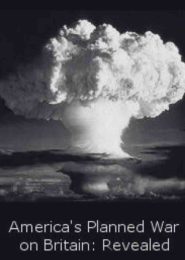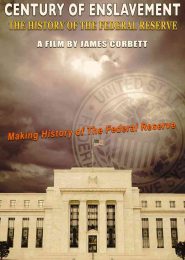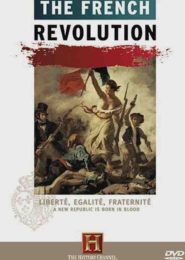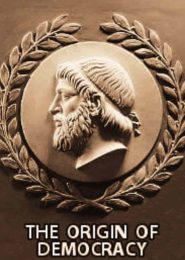The Atomic Cafe (1982)
The Atomic Cafe is a compelling 1982 documentary that offers a chilling glimpse into the early Cold War era through a montage of archival footage, reflecting the American perspective on nuclear warfare. Directed by Kevin Rafferty, Jayne Loader, and Pierce Rafferty, the film is devoid of narration, instead relying on a carefully curated selection of clips to convey its message.
The documentary begins with the Trinity Test, the first detonation of a nuclear weapon, and spans through the 1940s to the early 1960s. It includes a variety of materials such as newsreels, military training films, television news footage, advertisements, and radio programs. These pieces collectively paint a picture of a nation grappling with the newfound power of the atomic bomb and its implications for society and global politics.
One of the most striking aspects of The Atomic Cafe is its demonstration of how the U.S. government utilized misinformation and propaganda to assuage the public’s fear of nuclear weapons. The film showcases the absurdity of civil defense measures, like the infamous “Duck and Cover” drills, which naively suggested that such actions could protect against a nuclear blast.
The documentary also delves into the military’s obsession with nuclear testing, highlighting the dangerous and often unethical experiments conducted to understand the bomb’s effects. Soldiers were instructed to march into mushroom clouds, and civilians were exposed to radiation without their knowledge or consent, all in the name of national security.
The Atomic Cafe does not shy away from the humor inherent in the naivety of past public information campaigns. Yet, this humor is tinged with the sobering reality of the atomic age’s potential for destruction. The film concludes with a harrowing montage that simulates a nuclear attack on the United States, leaving viewers to ponder the true cost of nuclear dominance.
The documentary was recognized for its cultural, historical, and aesthetic significance when it was selected for preservation in the United States National Film Registry by the Library of Congress in 2016. It serves as a powerful reminder of the era’s paranoia, the government’s manipulation of public opinion, and the looming threat of nuclear annihilation that characterized the early years of the Cold War.
In The Atomic Cafe, we see figures such as Lloyd Bentsen, William H. P. Blandy, Owen Brewster, Lyndon Johnson, Nikita Khrushchev, and Richard Nixon, among others, in excerpts from speeches, interviews, and news reports. These snippets provide authentic voices from the era, adding depth to the narrative constructed by the filmmakers.
Overall, The Atomic Cafe is a thought-provoking documentary that uses historical footage to explore the complex relationship between the American public, the government, and the atomic bomb. It is a testament to the power of archival material in telling a story that remains relevant decades after its initial release.




